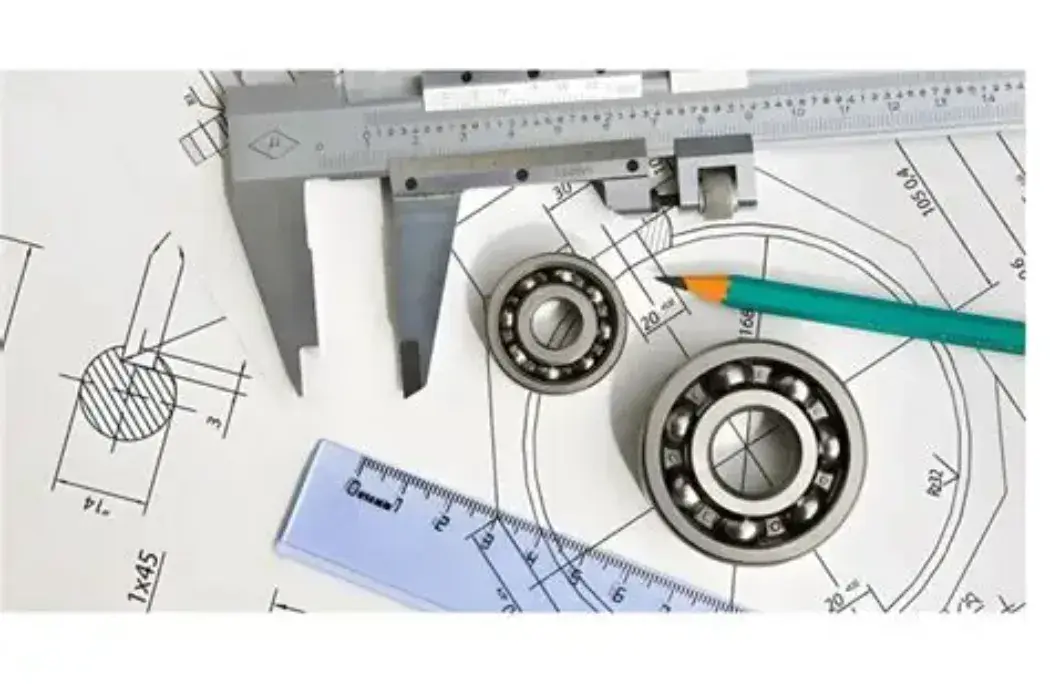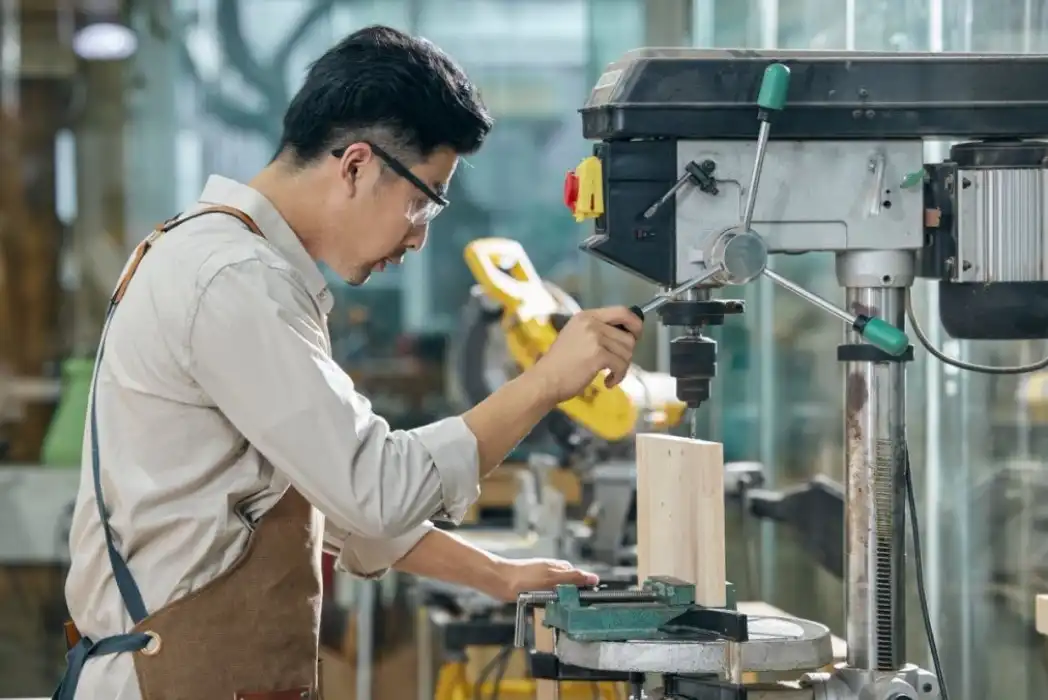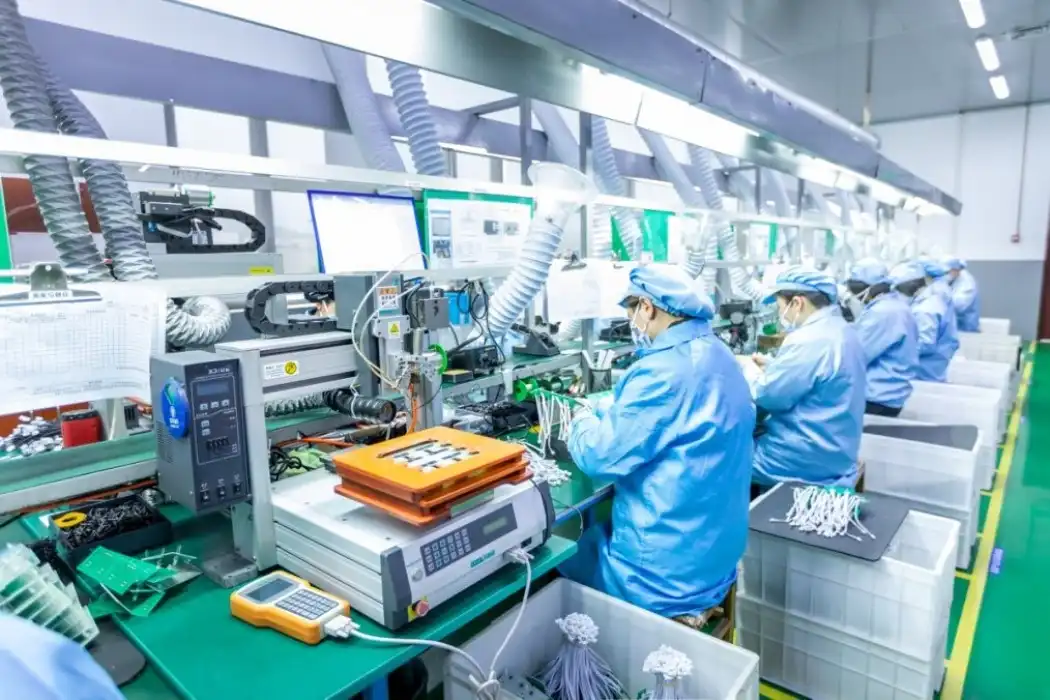CNC Machining Design Guideline: Maximizing Your Results
Because CNC machining makes it possible to make complicated parts quickly and correctly, it has changed the way things are made. If you want to get the most out of CNC machining, you should know the basic rules of planning. This whole guide will help you pick the best steps to take so that your projects can be made with CNC. It talks about everything, from picking the right materials to picking the best finish for the outside.
Fundamentals of CNC Machining Design
Understanding CNC Technology
Computer Numerical Control (CNC) machining is a sophisticated manufacturing process where pre-programmed computer software dictates the movement of factory tools and machinery. High-precision parts can be made with amazing accuracy and speed thanks to this technology. Manufacturers can turn complicated 3D designs into real goods with great accuracy by using advanced CAD/CAM software.
Material Selection Considerations
Choosing the right material is paramount in CNC machining. The process can work with many different kinds of things, such as metals and plastics. For plastics, ABS, acrylic, and nylon are all popular options. For metals, aluminum, stainless steel, and brass are also popular choices. Each material has its own qualities that can change how easy it is to machine, how smooth the surface is, and how well the part works overall. When choosing your material, think about things like how strong it is, how long it will last, and how well it handles heat.
Design for Manufacturability
Optimizing your design for CNC machining involves considering the limitations and capabilities of the machinery. Important things to keep in mind are to avoid sharp internal corners, keep wall thicknesses consistent, and make sure that parts are designed with the right support systems. By following these rules, you can cut down on the time it takes to machine parts, cut down on the waste of materials, and make sure the parts are structurally sound.

Advanced Techniques for Optimizing CNC Machined Parts
Precision Tolerances and Surface Finishes
Achieving tight tolerances is a core strength of CNC machining, but it's essential to specify them judiciously. Overly strict tolerances can lead to increased cycle times, tool wear, and production costs. Designers should focus high-precision features only where they are functionally necessary. Surface finishes also play a key role in both performance and appearance. Options like bead blasting, anodizing, or powder coating can enhance corrosion resistance, wear characteristics, or visual appeal, depending on your part's end-use environment and application.
Multi-axis Machining Strategies
Multi-axis machining opens new possibilities for part complexity and efficiency. Unlike 3-axis machines, 5-axis CNC systems can approach the workpiece from multiple angles without repositioning, enabling the creation of intricate features and minimizing fixture setups. This capability is particularly beneficial for parts with deep cavities, compound curves, or angled holes. By designing parts with these capabilities in mind, manufacturers can reduce setup time, improve tool access, and produce higher-quality components with fewer operations and improved surface continuity.
Incorporating Secondary Operations
Despite the versatility of CNC machining, some features are best completed through secondary operations. Threads may require tapping or thread milling, and functional enhancements might call for heat treatment or surface hardening. Certain assemblies might also need press-fitting or welding after machining. By anticipating these needs early in the design process, engineers can account for fixture requirements, material behavior, and tolerance stack-ups. Planning for secondary operations upfront ensures smoother transitions between production stages and better alignment with final part specifications.
Maximizing Efficiency in CNC Machining Projects
CAD/CAM Integration
Efficient CNC machining begins with a streamlined workflow between CAD and CAM systems. CAD models should be designed with machining capabilities in mind, avoiding features that are difficult or costly to produce. Once the design is finalized, CAM software translates it into optimized tool paths for machining. A seamless integration allows for quicker programming, easier design revisions, and reduced chances of error. This connection between design and manufacturing enables faster iteration cycles and boosts productivity throughout the CNC machining project lifecycle.

Batch Production Strategies
To maximize throughput, batch production methods must be thoughtfully incorporated into part design and machining setup. Using fixtures like tombstones or custom jigs enables multiple parts to be machined in a single cycle, minimizing idle time between tool changes. Efficient nesting and part orientation can also reduce waste and cycle times. Designing with batch production in mind not only improves overall equipment efficiency (OEE) but also lowers per-part cost, making it ideal for short-run production and scalable manufacturing operations.
Quality Control and Inspection
Designing parts with quality control in mind helps reduce rework and ensures dimensional accuracy. Features like datum surfaces, alignment tabs, or integrated reference holes can simplify inspection using coordinate measuring machines (CMM) or optical systems. These built-in reference focuses speed up the quality confirmation prepare and diminish inconstancy between parts. Also, joining basic visual cues—such as chamfers or hilter kilter features—can help in legitimate introduction amid get together, progressing by and large workflow proficiency and minimizing mistakes in post-machining stages.
Conclusion
You require to continually learning approximately the aces and cons of CNC machining plan innovation if you need to ended up an master in it. If you follow these tips and keep improving your method, you can make designs that not only work well but also make the making process go more smoothly. Remember that good CNC machining is a balance between new ideas for design and the ability to make the machine work. By following these rules, you'll be able to get the most out of your CNC machining jobs.

CNC Part Design Tips from Expert Manufacturers | BOEN
At BOEN Prototype, we specialize in delivering high-quality CNC machined parts for prototypes and low-volume production. In arrange to fulfill the needs of our worldwide clientele, we are capable in working with a wide assortment of materials, counting metals and plastics. Thanks to our advanced CNC machining skills, we can make complicated shapes with great accuracy and consistency. We're proud of how quickly we can turn things around, how accurate we are, and how well we can work with different kinds of products. Our CNC machining services have benefits like quickly removing material, making small and tiny parts, and not having to spend a lot of money on tools.
E-mail us at contact@boenrapid.com to learn more almost our CNC machining administrations and how we can offer assistance you with your another venture. Make BOEN your partner in making your ideas come true quickly and accurately.
References
Smith, J. (2022). Advanced CNC Machining Techniques for Modern Manufacturing. Journal of Precision Engineering, 45(3), 178-195.
Johnson, A. & Lee, S. (2021). Material Selection Strategies in CNC Machining. International Journal of Materials Science, 33(2), 89-104.
Brown, R. (2023). Optimizing Design for Multi-Axis CNC Machining. Advanced Manufacturing Technology Review, 12(4), 245-260.
Garcia, M. et al. (2022). Surface Finish Optimization in CNC Machining Processes. Journal of Manufacturing Processes, 56, 312-328.
Wilson, T. (2021). CAD/CAM Integration for Efficient CNC Machining. Computer-Aided Design and Applications, 18(5), 972-986.
Taylor, E. & Patel, N. (2023). Quality Control Strategies in CNC Machined Parts Production. International Journal of Quality & Reliability Management, 40(3), 567-582.

How Can We Help?

Your Trusted Partner in Rapid Manufacturing.



